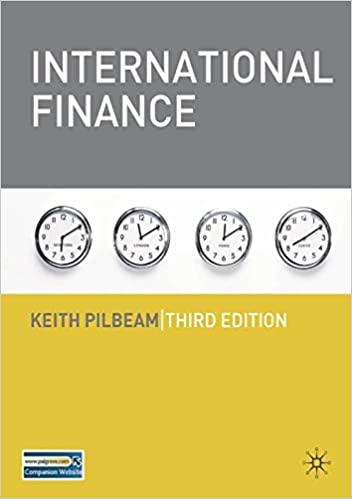
Problem 1 Assume that a non-dividend-paying stock has an expected return of and a volatility of . A financial institution plans to offer a derivative that pays off a dollar amount equal to ST2 at time T where ST is the stock price at time T. Assume no dividends. Defining other variables as necessary use risk-neutral valuation to calculate the price of the derivative at time zero. (Hint: E[(ST)2]=var(ST)+[E(ST)]2) Problem 2 A call option on a non-dividend-paying stock has a market price of $2.50. The stock price is $15, the exercise price is $13, the time to maturity is three months, and the risk-free interest rate is 5% per annum. What is the implied volatility? Problem 3 A fund manager has a well-diversified portfolio that mirrors the performance of the S\&P 500 and is worth $360 million. The value of the S\&P 500 is 1,200 , and the portfolio manager would like to buy insurance against a reduction of more than 5% in the value of the portfolio over the next six months. The risk-free interest rate is 6% per annum. The dividend yield on both the portfolio and the S\&P 500 is 3%, and the volatility of the index is 30% per annum. (a) If the fund manager buys traded European put options, how much would the insurance cost? (b) Explain carefully alternative strategies open to the fund manager involving traded European call options, and show that they lead to the same result. (c) If the fund manager decided to provide insurance by keeping part of the portfolio in risk-free securities, what should the initial position be? Problem 4 A bank's position in options on the dollar-euro exchange rate has a delta of 30,000 and a gamma of 80,000. Explain how these numbers can be interpreted. The exchange rate (dollars per euro) is 0.90. What position would you take to make the position delta neutral? After a short period of time, the exchange rate moves to 0.93. Estimate the new delta. What additional trade is necessary to keep the position delta neutral? Assuming the bank did set up a delta-neutral position originally, has it gained or lost money from the exchange-rate movement







